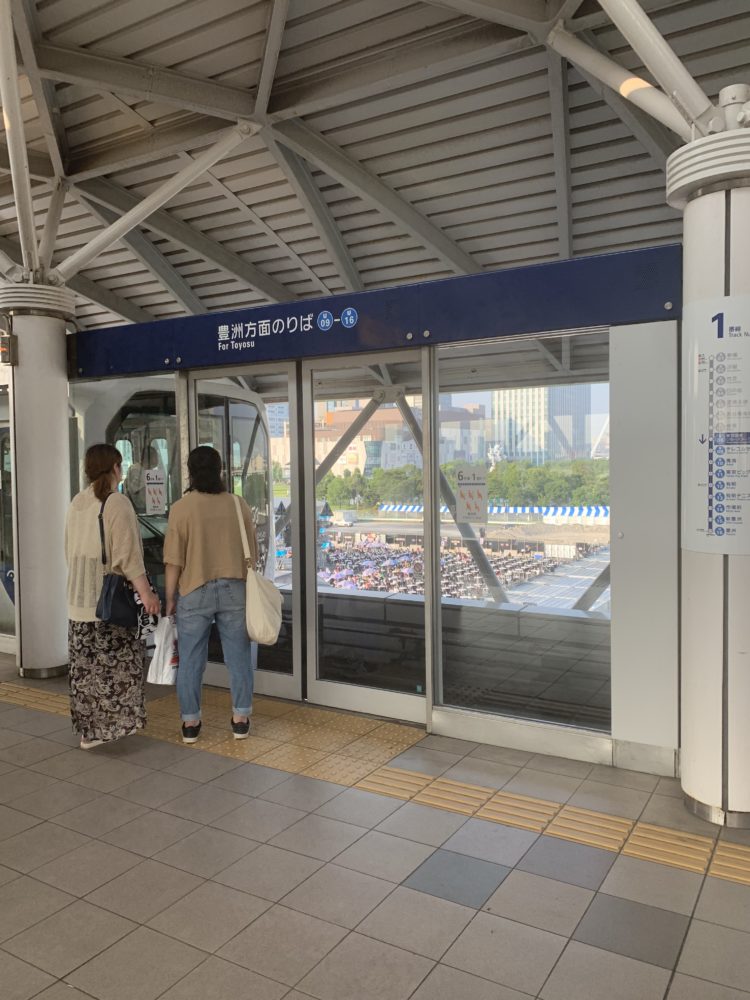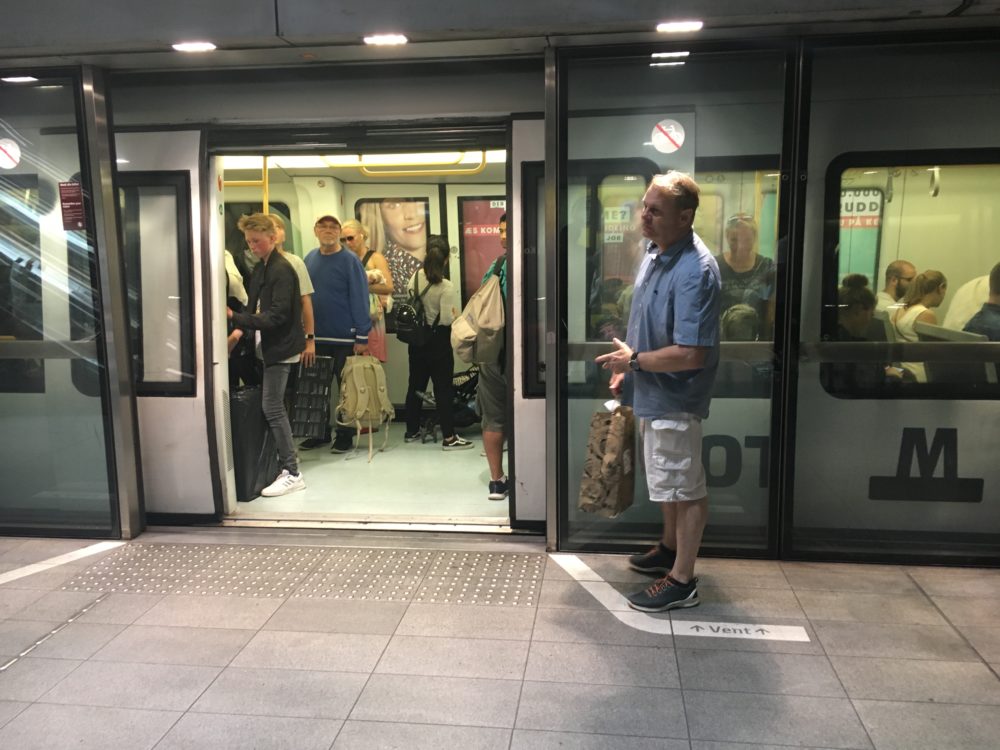Blog
Metrolinx Blog: Toronto’s Ontario Line Subway Will Have a World of Proven Features to Choose From
October 11, 2019When passengers in Toronto first board the planned Ontario Line subway, the approximately 16km free-standing route will provide a modern experience and will be the newest star in Canadian mass transit. But rest assured, the line will be built on tried and well-tested elements from around the globe.
In July, Metrolinx and Infrastructure Ontario released an Initial Business Case for Ontario Line. It was rich in new details on how the province intends to create a transit network that moves more people, faster and easier across the region. The Initial Business Case doesn’t provide the exact alignment or other design aspects, because the province utilizes its world-class P3 (public-private partnership) model that allows the private sector to bring its expertise and innovation to the table. This allows lessons learned and technology used in other subway systems across Canada and around the world will be utilized.
We want to make sure we are using technologies that deliver the capacity and are really robust. The P3 will open us to a variety of proven solutions, whether they’ve been tested in Vancouver, Paris, Shanghai, London, or Tokyo.

Two women waiting for subway: Customers line up at automated doors in a subway system in Tokyo.
Metrolinx has not locked into a specific size of train, as there are many choices. Instead, it is challenging bidders to propose the best overall options for a light metro train on this unique route. We are focused on outcomes – that the vehicle can run frequently and get people where they need to go.
Smaller, lighter trains that run more often – with lead times as low as 90 seconds between departures and arrivals – as well as automation that improves safety and efficiency, have revolutionized train travel.
Automatic trains can stop at the same spot each time, combined with platform-edge doors. This allows people to get onboard in a faster, more orderly way, so trains spend less time in each station. It also makes platforms safer. The goal is frequency; you want to control your dwell times to be as short as possible.
Visitors on Vancouver’s Canada Line have seen another fun perk of the automated trains that don’t have a driver’s cab. Riding in the front cab of a driverless train where there is a large window with full view of the landscape in front of you, is a perk that many have yet to experience. This route has linked Vancouver, Richmond and their airport since 2009 – when it was completed three months ahead of schedule and with plenty of time to spare before the 2010 Olympic Winter Games.
With lighter trains than have been used in Toronto, the Canada Line operates with 20 fully automated two-car articulated trains, both above and below ground over 19.2 kilometres. The trains are powered by electric motors that are different from the ones used on older lines on the area’s network, but they are all operated by the same automated control system.
Montreal is also building new routes that will operate alongside the city’s existing Metro lines with different trains. The new Réseau express métropolitain (REM) will be a fully automated light rail transit system, with four lines running both underground and above street level over 67 kilometres, with 26 stations. The $6.3-billion project was announced in April 2016 and it is expected to enter into service in phases between 2021 and 2023.
Station platforms will be protected by screen doors that only open after the train has arrived – making it impossible to cross the tracks or drop things on them. They will use an automated, driverless system that is one of the safest and most reliable in the world.

A man stands in a waiting area designed into the subway at Copenhagen. Notice the large wall of sliding doors. Ontario Line could use a similar staging areas and barriers, making boarding and offloading faster.
With today’s technology for automated drivers, you can have very safe operations.
Technological improvements from a variety of companies will heat up the competition for bidding on the public-private partnership for the Ontario Line, ensuring we connect the most people for the greatest value for money.
While the exact specifications for the Ontario Line will not be known until the P3 deal is signed, world class transit technology is coming to Toronto’s next iconic subway line.
In announcing the Initial Business Case, Metrolinx President and CEO Phil Verster noted: “Toronto needs more than a subway, it needs a better transit network, and this is precisely what the new Ontario Line will deliver. “If you live in Thorncliffe Park, your commute to the heart of downtown will become 26 minutes – not 42 – freeing up more time for what is important to you. This is just one example of how our plan will provide stronger connections, a better travel experience, and make a real difference in people’s lives.”
Special guest blog by Metrolinx.


